
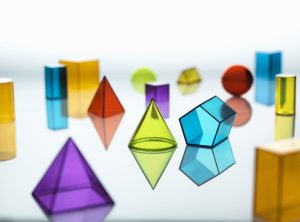
This term, students completed several units in math including, Fractions and Decimals Geometry, Statistics and Probability as well as concepts promoting Financial Literacy.
While exploring fractions and decimals, students learned to create sets of equivalent fractions, compare fractions with like and unlike denominators, describe and represent decimals to thousandths, relate decimals to fractions, compare and order decimals and add and subtract decimals to thousandths.
In geometry, students described the sides of shapes and the faces and edges of objects. They used the terms parallel, intersecting, perpendicular, vertical, and horizontal and used these attributes to identify and sort quadrilaterals. Finally, students drew prisms and pyramids on dot paper.
When exploring statistics and probability, students had the opportunity to construct and interpret double bar graphs, use the language of probability and compare the likelihoods of outcomes.

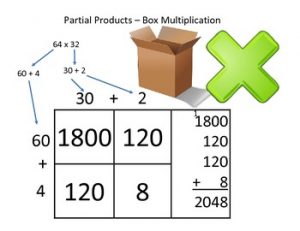
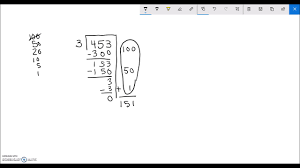
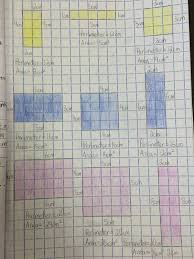



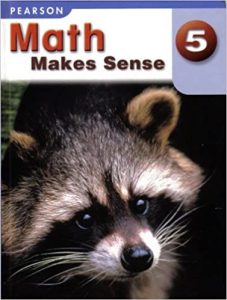
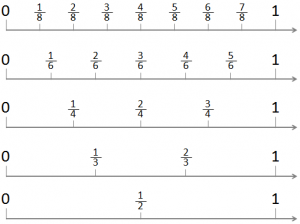 This week we took a close look at fractions. First, we used different models to help us understand the concept of equivalent fractions. Then, we moved to using number lines to show fractions and whole numbers as fractions.
This week we took a close look at fractions. First, we used different models to help us understand the concept of equivalent fractions. Then, we moved to using number lines to show fractions and whole numbers as fractions.